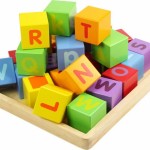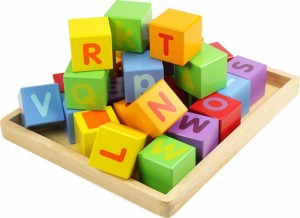Over recent years, the time children spend outdoors has been massively reduced. Studies have consistently highlighted the benefits of time in nature for childhood development. Here, we look at the facts and how you can help your child spend more time with nature.
450 pixels wide
955 pixels wide:











